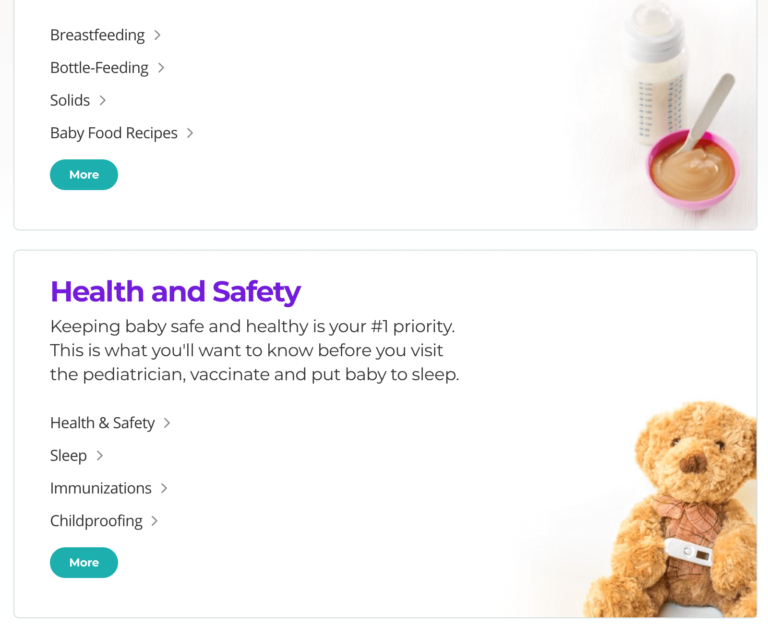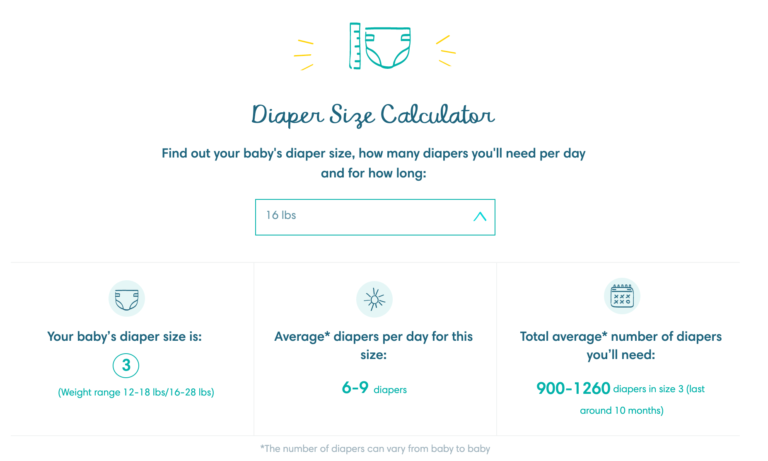Do you know the feeling of having been hired as an SEO consultant, content manager, or content marketer and finding yourself stuck on the content treadmill?
You and your teammates are pushing out content every week but somehow, it never quite seems to get traction and results.
Ahrefs has been doing data studies in the last years, and their 2017 research showed us some scary numbers:
90.63% of all pages in our index get zero traffic from Google, and 5.29% of them get ten visits per month or less.
 Ahrefs Traffic Study 2017 – Ahrefs
Ahrefs Traffic Study 2017 – AhrefsEven worse, a lot of the content production in the content treadmill feels dull, draining, and uncreative to you.
I feel you!
In this article, I want to introduce you to the concept of content experience. It’s the intersection of content marketing and user experience. And it’s mainly about structuring, packaging, and leveraging your content in the best possible way.
Building content experience will take the focus from content production at a large scale to finding creative ways to repackage and upgrade your content.
In this article, we’ll focus on the aspect of packaging content in innovative ways.
We, as SEO professionals, tend to be a bit boring in that department because Google is a text-based crawler – but really that shouldn’t hold us back from creating meaningful experiences that build trust for your brand.
Why do meaningful virtual experiences matter now more than ever?
Because we’re tired of Zoom calls and walls of text and websites that all look the same.
2020 was too much of it.
It’s time to take that idea of creating experiences from our user interfaces into our content creation.
What Are Content Experiences
Randy Frisch coined the term content experience in his 2019 book “F#ck Content Marketing: Focus on Content Experience.”
He defines it as:
A content experience is (1) the environment in which your content lives, (2) how it”s structured, and (3) how it compels your prospects and customers to engage with your company.
Ultimately, mastering the content experience involves three elements:
- A strategic approach towards creating the environment in which your audience consumes your content.
- Structuring your content for easy discoverability.
- Encourage your audience to engage with you- and ultimately convert- as you lead them through the buyer’s journey.
Stunning Content Experiences to Spark Your Creativity
Now, let’s see how we can translate this definition into practical examples and best practices.
I want to highlight four areas that allow you to improve your content experience.
The Pyramid Principle
The Pyramid Principle is often used in executive summaries or newspaper articles. It drives focus and attention.
The core of the principle is this:
- Start with the answer first.
- Group and summarize your supporting arguments.
- Logically order your supporting ideas.
Get inspired by journalists and start with the most important information in your headline H1 and first paragraph.
Don’t bury the lede and hide your best information with a long-winded introduction, expansive text, and keyword stuffing.
And even further: Not every keyword or topic needs a long-form article to be useful.
This online stopwatch by Toggl is a great example of a useful page that ranks well and doesn’t need any long-form text.
Content experience – phenomenal!
 Actual online stopwatch
Actual online stopwatchHere’s an example of the keyword and topic “invoice template.”
Who wants to read 2,000 words when they search this?
No one!
For a good experience, we want the actual template. And Toggl offers it above the fold with a big red button – no sign in required.
You decrease frustration and offer value to the visitor immediately.
This will make it more likely for them to engage later on.
Resource Libraries That Satisfy Search Intent
The Pyramid Principles applied to your entire website and blog means that you’ll want to rethink your blog categories.
Sorted by date (like WordPress and many other CMS do) is far from showing relevant information to users when they need it.
Think of your blog categories as resource libraries and structure them like that.
This means you will cluster your content by topic (silo structure) and/or content type (video, white paper, ebook) and/or funnel stage (activation, nurturing, sales).
This is a helpful resource library that I love.
The topic is the first year of a kid.
You see that this blog category displays information about sleep, nutrition, and care neatly sorted on the top before displaying the latest articles on the bottom.
 A blog category that is actually a resource library.
A blog category that is actually a resource library.You make it easy for users to find information that is relevant for them because you structure your content by context and needs.
Fostering Engagement & Growing a List
Talking about babies – a website that fosters useful engagement is the diapers brand Pampers.
Their website has clearly a content-first and not ecommerce-first approach.
But even if you make it into the shop, they make it super easy and helpful to find the right products for you.
The shop categories include a calculator that will display diaper size and diaper amount needed.
A great way to increase engagement on the website and improve the experience.
 Helpful engagement.
Helpful engagement.A more classic way to increase engagement and capture leads is done by Coschedule.
Garrett Moon wrote the book “10x Marketing Formula” highlighting their approach in converting organic visitors to leads.
Almost, every single one of their blog posts has an individual lead magnet. These include templates for content calendars and planners as well as headline tips.
Their content is useful, follows the Pyramid Principle, and still converts into email leads.

And lastly, here’s a really fun experience campaign: HEY created a real-life dumpster fire (for the dumpster fire that was 2020). You can send them an email with the message you’d like to burn and you can follow it being printed and burnt on their live stream.
Now, that is a real content experience!
 Now, this is a real experience.
Now, this is a real experience.Avoid Dead Pages With Internal Content Distribution
Do you know who could really use your content to support their efforts?
- Your support team.
- Your sales team.
- Your invoices.
You might be wondering? What do my invoices have to do with my content creation? Well, your receipt is a missed opportunity to educate, explain, and build super fans.
Why not include your best how-to guides into your automated receipt emails?
You just bought a pressure washer (or do only Germans like me do this? 😉), so here is a series of guides on how to use them.
 Answer product related questions.
Answer product related questions.It should be very clear why those guides are super helpful for your support and sales team to highlight use cases!
If you don’t have a sales team because you are B2C, this information is still helpful in creating SEO optimized category pages that are actually fun – and not just some SEO content slapped on the bottom of the page.
It’s Time to Think Creatively to Stand out With Content Experiences
In short, content experience is the practice of engaging your visitors, creating powerful online experiences, and being truly helpful.
Content experience design helps us get off the treadmill of creating endless walls of text.
It allows us to be creative and make more of the content we already have.
It’s a tool to build trust, generate new leads, and truly stand out as a brand.
Who wouldn’t want to send a message to the HEY dumpster fire right now?
Finally, and most importantly, it helps us, SEO professionals, content marketers, and content writers, to not throw our efforts in the dumpster fire of pages that never get visited.
More Resources:
- How to Create High-Quality Content
- Top 20 Tools That Will Help You Create Better Content
- Content Marketing: The Ultimate Beginner’s Guide to What Works
Image Credits
All screenshots taken by author, December 2020





![AI Overviews: We Reverse-Engineered Them So You Don't Have To [+ What You Need To Do Next]](https://www.searchenginejournal.com/wp-content/uploads/2025/04/sidebar1x-455.png)